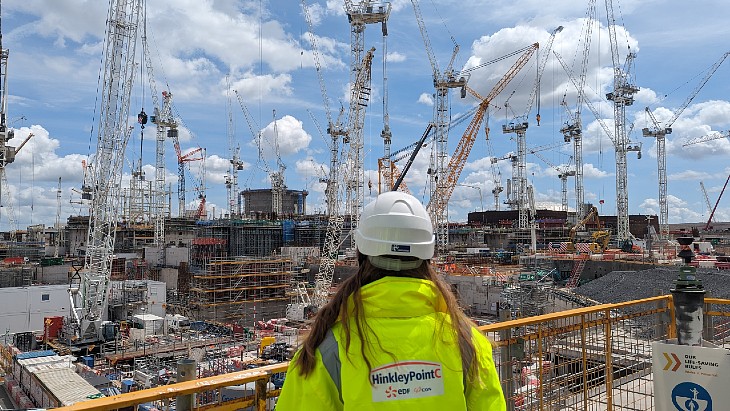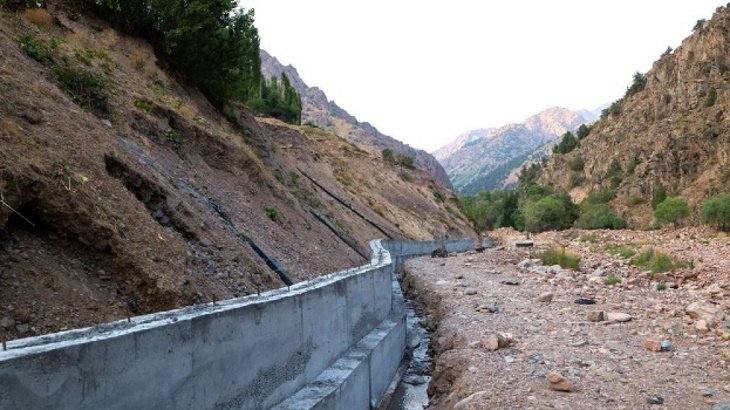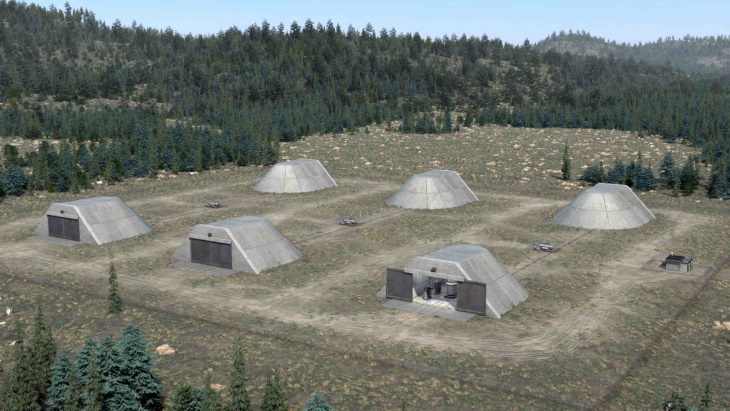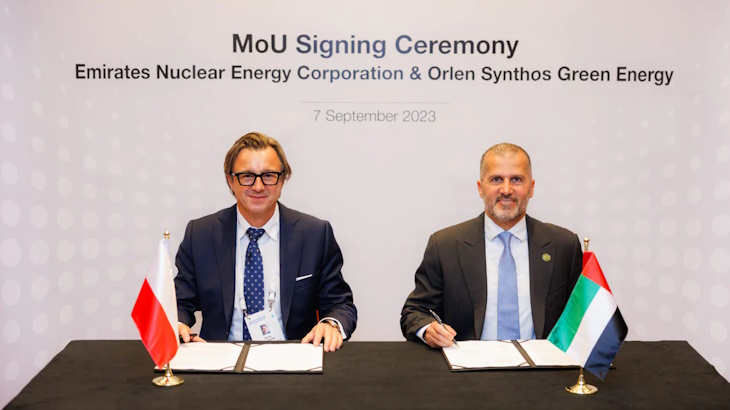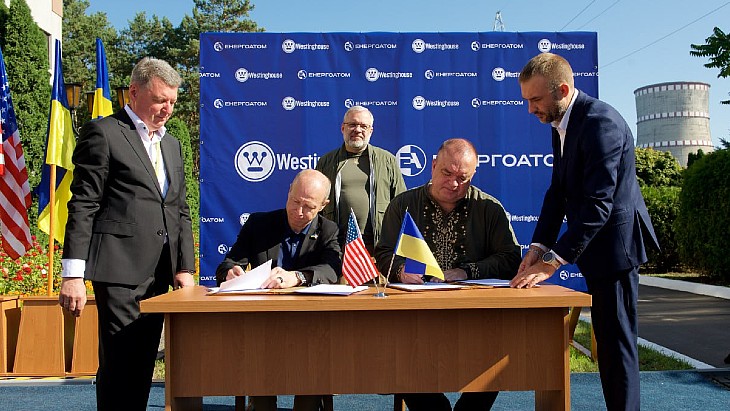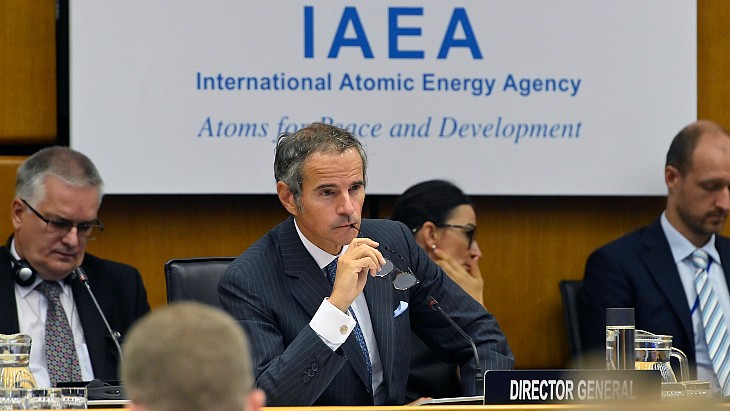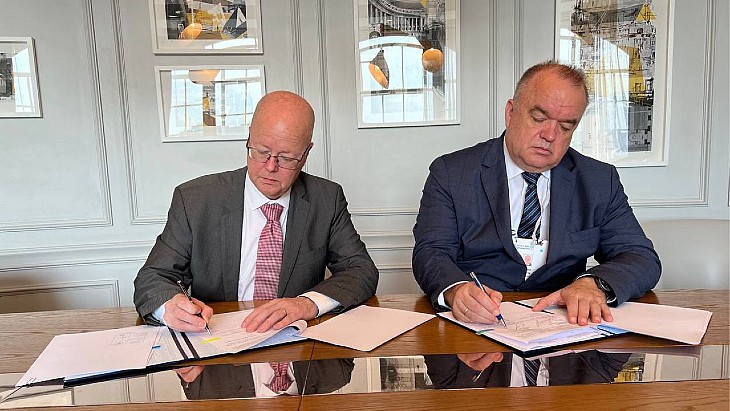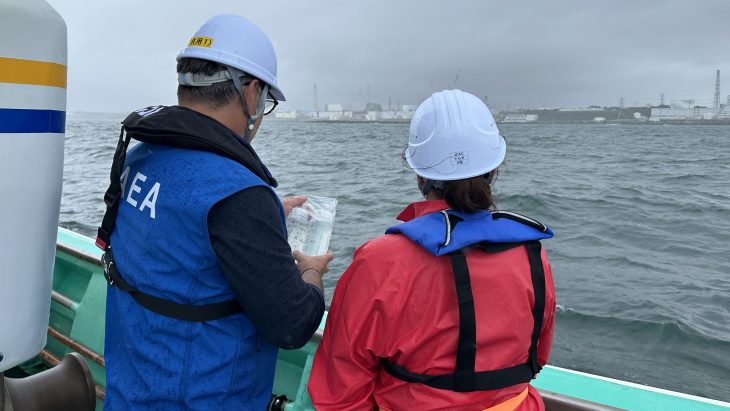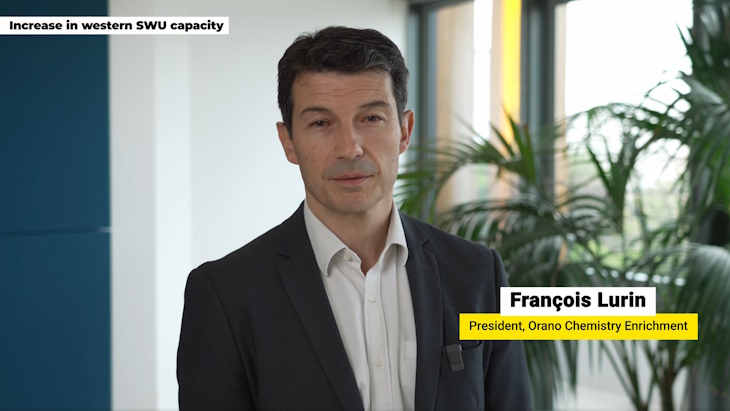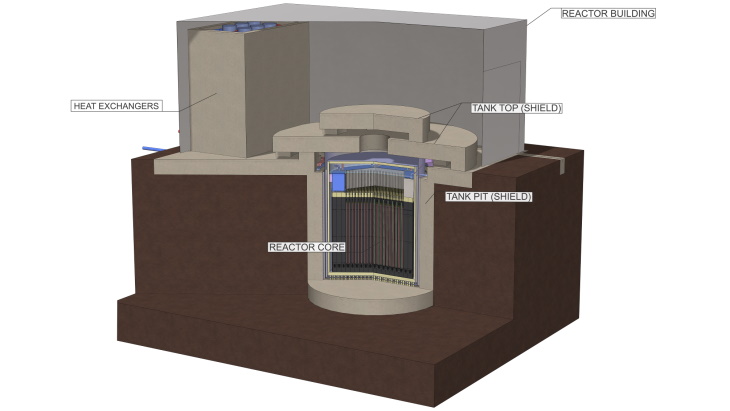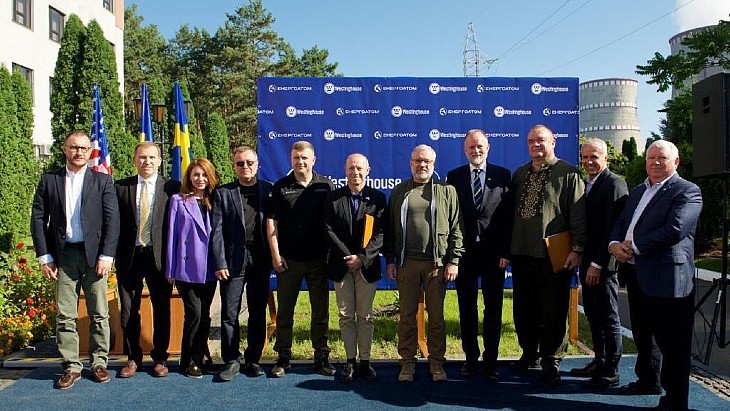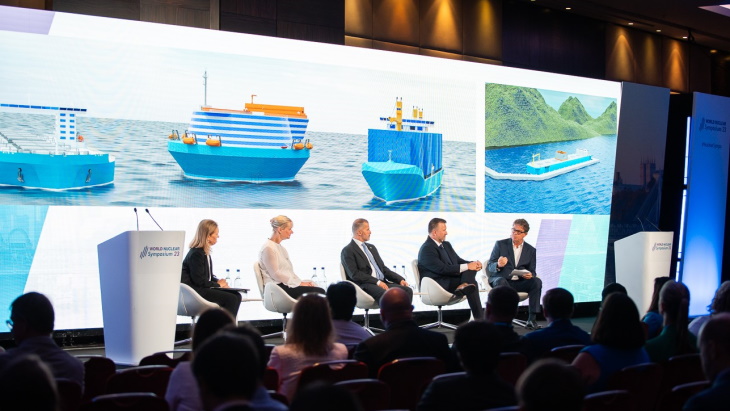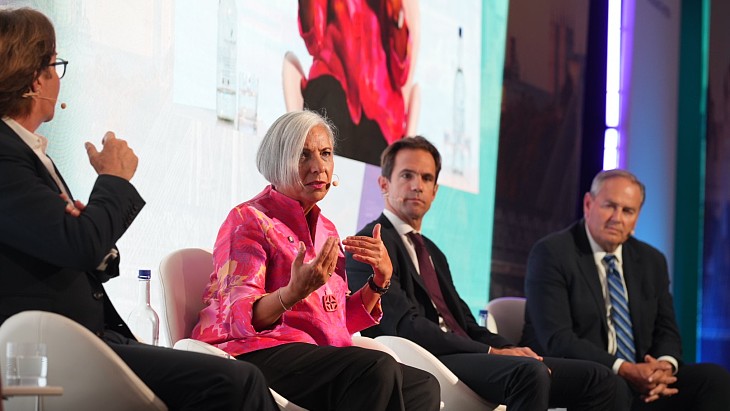Deal agreed with energy provider to rural communities across state.
Holtec’s Palisades Energy has signed an agreement with Wolverine Power Cooperative to buy power to re-open the single-unit Palisades nuclear power station in Michigan.
The agreement contains a contract expansion provision to include up to two small modular reactors that Holtec intends to build and commission at the site.
Holtec International, an energy technology company headquartered in Florida, bought Palisades in 2022 to decommission the 805-MW pressurised water reactor facility, which had struggled to compete with natural gas-fired plants and renewable energy.
According to the long-term power purchase agreement, Wolverine Power Cooperative, a not-for-profit energy provider to the rural communities across Michigan, is committing to purchase up to two-thirds of the carbon-free power generated by the Palisades plant for its Michigan-based member rural electric cooperatives.
Wolverine’s nonprofit rural electric cooperative project partner, Hoosier Energy, will purchase the balance.
“The restart of Palisades offers a practical, long-term solution to electric reliability in our state and aligns with Michigan’s ambitious goals to reduce carbon emissions,” said Wolverine chief executive officer Eric Baker.
Kelly Trice, president of Holtec Nuclear Generation and Decommissioning, said the power purchase agreement represents a significant milestone in the company’s efforts towards reopening the plant.
The companies did not say how much the agreement was worth or how long it was for.
Holtec is still working to get a federal loan approved the US Department of Energy’s loan programs office to re-start Palisades.
Michigan’s recently approved budget included $150m (€139m) to support the restart of Palisades.
The plant, on the shore of Lake Michigan in Covert Township, began commercial operation in 1971. It was bought by Holtec just weeks after its May 2022 shutdown.
Holtec initially planned to repurpose the 174-hectare site but the Biden administration’s $6bn of aid for upgrading nuclear facilities in the US led the company to reconsider its plans.
Nuclear energy is a crucial element of president Joe Biden’s goal of an economy with net zero carbon emissions by 2050.
